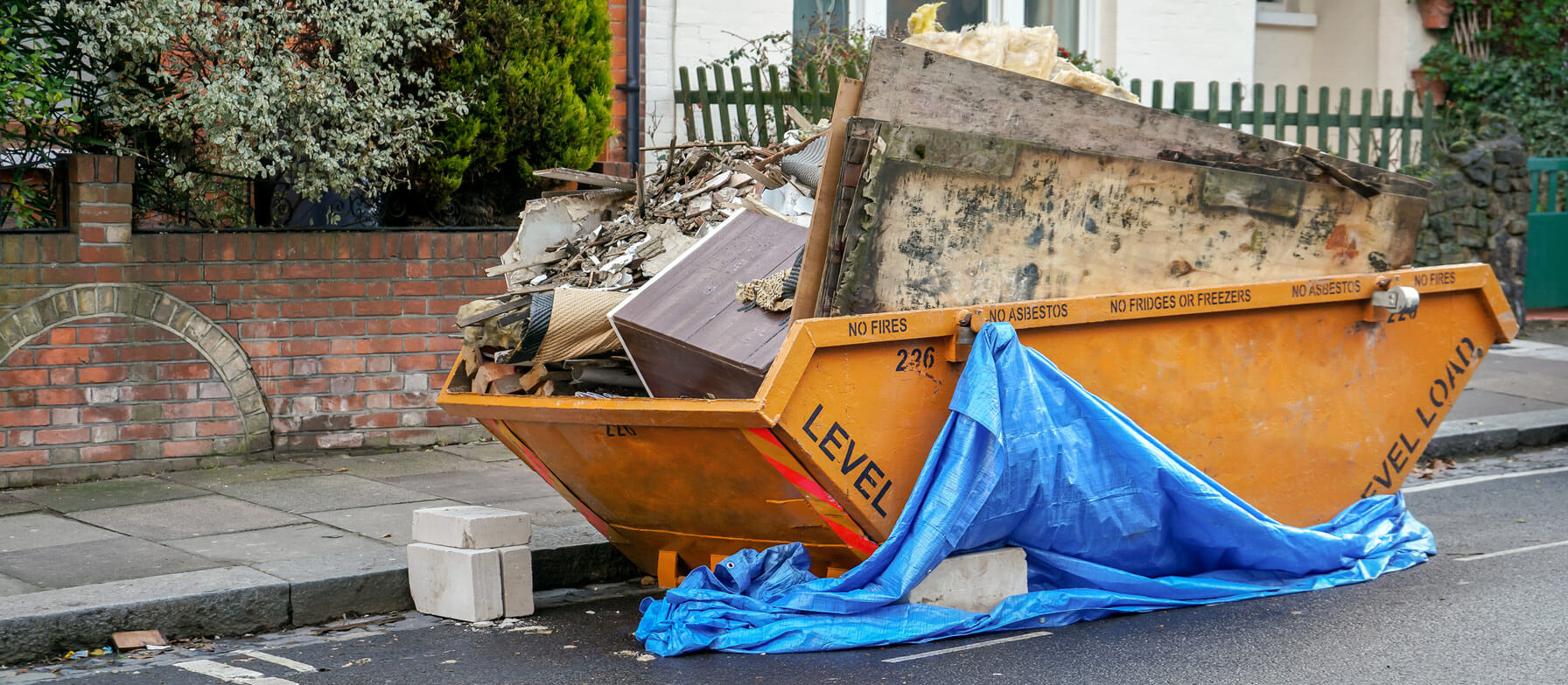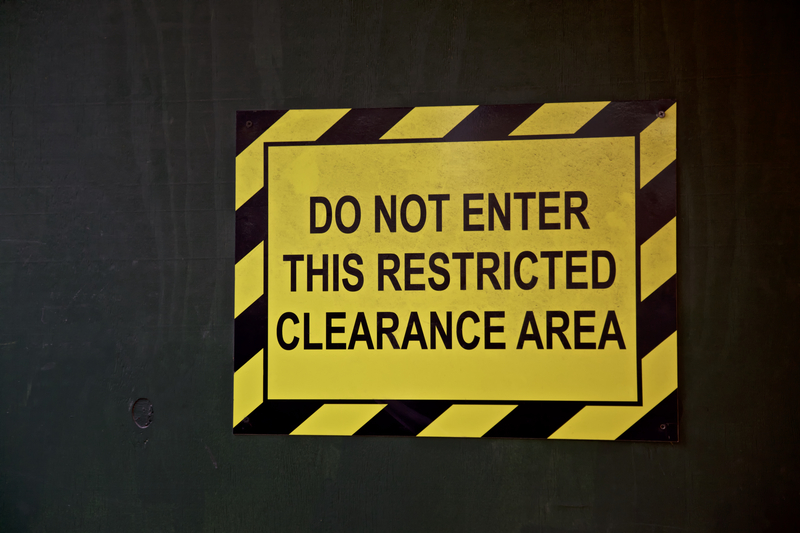Site clearance is a crucial phase in any construction, landscaping, or development project. It involves the removal of obstacles, including vegetation, debris, and existing structures, to prepare a site for new construction or development. While site clearance is essential for project progression, it brings with it significant environmental considerations. It is crucial to dive into the importance of site clearance, its impact on the environment, and the role of site clearance contractors in managing these impacts, particularly in areas involving hazardous waste, construction site clearance, and garden clearance.
What is Site Clearance?
Site clearance is a dynamic concept, often raising important questions. Simply put, site clearance involves removing trees, shrubs, debris, old buildings, and other obstructions to prepare a site for new construction or landscaping. This process is crucial in various contexts, including construction site clearance for new buildings and infrastructure, garden clearance for maintaining or redesigning gardens, and hazardous waste clearance to safely dispose of dangerous materials. Effective site clearance ensures the site is safe, suitable for development, and environmentally sustainable, addressing both project feasibility and environmental management needs.
Importance of Site Clearance
Safety: Clearing a site removes hazardous materials and debris, creating a safer environment for construction workers and future occupants.
Project Feasibility: Proper clearance ensures that the site is suitable for the planned development, avoiding delays and additional costs.
Environmental Management: Effective clearance can help manage the site’s ecosystem, ensuring that harmful substances are removed and that the site is prepared in an environmentally sustainable manner.
Environmental Impact of Site Clearance
While site clearance is necessary, it has significant environmental implications that need to be managed carefully:
Loss of Vegetation and Habitat: Clearing trees and plants can destroy habitats for wildlife, leading to loss of biodiversity. It is crucial to assess and mitigate these impacts by planning clearance activities around breeding seasons and protecting key habitats.
Soil Erosion: The removal of vegetation can lead to soil erosion, reducing the land’s fertility and stability. Implementing erosion control measures, such as silt fences and retaining walls, is essential.
Pollution: Site clearance can contribute to air and water pollution. Dust from demolition activities and runoff from cleared sites can carry pollutants into nearby water bodies. Using dust suppression techniques and proper waste management can mitigate these effects.
Waste Management: The disposal of cleared materials, especially hazardous waste, must be handled carefully to prevent environmental contamination. In the UK, regulations such as the Hazardous Waste Regulations 2005 outline the proper procedures for disposing of hazardous materials.
Role of Site Clearance Contractors
Site clearance contractors play a pivotal role in managing the environmental impacts of site clearance. Their responsibilities include:
Assessment and Planning: Contractors conduct environmental impact assessments (EIAs) to identify potential environmental risks and develop plans to mitigate these risks.
Compliance with Regulations: Ensuring that all clearance activities comply with local and national environmental regulations is crucial. In the UK, contractors must adhere to regulations such as the Environmental Protection Act 1990 and the Control of Asbestos Regulations 2012.
Use of Sustainable Practices: Implementing sustainable practices, such as recycling cleared materials and using eco-friendly machinery, can reduce the environmental footprint of site clearance activities.
Waste Management: Proper segregation, handling, and disposal of waste, particularly hazardous waste, are vital to preventing environmental contamination.
Construction Site Clearance
A report highlights that construction, demolition, and excavation activities likely maintained a significant share, possibly around 62%. Construction site clearance is one of the most common types of site clearance. It involves demolishing existing structures, removing debris, and preparing the site for new construction. This type of clearance has specific environmental considerations:
Demolition Waste: Demolition generates a significant amount of waste, including concrete, metals, and wood. Recycling and reusing these materials can reduce the environmental impact.
Dust and Noise Pollution: Demolition activities can create dust and noise, affecting the local environment and nearby communities. Using dust suppression techniques and scheduling work to minimise noise can help mitigate these impacts.
Soil and Water Contamination: Construction sites often contain hazardous materials like asbestos and lead paint. Proper handling and disposal of these materials are essential to prevent soil and water contamination.
Garden Clearance
Garden clearance involves removing unwanted plants, trees, and other garden waste to maintain or redesign a garden. Although it is generally less intensive than construction site clearance, it still requires careful consideration of environmental impacts:
Biodiversity: Gardens often support diverse ecosystems. Clearing a garden should be done with sensitivity to the existing flora and fauna, preserving valuable habitats where possible.
Waste Disposal: Garden waste, such as leaves, branches, and grass clippings, should be composted or disposed of in an environmentally friendly manner. In the UK, many local councils offer green waste collection services.
Use of Chemicals: Minimising the use of chemical herbicides and pesticides during garden clearance can reduce the risk of water and soil contamination.
Hazardous Waste Clearance
Hazardous waste clearance is a specialised area that involves the removal of dangerous substances, such as asbestos, lead, and chemical waste. This type of clearance has strict regulatory requirements to protect both human health and the environment:
Risk Assessment: Identifying hazardous materials and assessing the risks associated with their removal is the first step in hazardous waste clearance.
Protective Measures: Using appropriate personal protective equipment (PPE) and containment measures is essential to prevent exposure to hazardous substances.
Safe Disposal: Hazardous waste must be disposed of at licensed facilities that can handle such materials safely. In the UK, the Environment Agency oversees the disposal of hazardous waste.
Commercial and Industrial Waste
Commercial and industrial waste encompasses a wide variety of materials generated by businesses and manufacturing processes. This includes packaging materials, office supplies, production by-products, and hazardous substances such as chemicals and solvents. Proper management and disposal of this waste are crucial to prevent environmental contamination and ensure regulatory compliance. Businesses can adopt sustainable practices such as recycling, waste reduction, and the safe handling of hazardous materials to minimise their environmental footprint. Effective waste management not only helps protect the environment but also enhances a company’s reputation and operational efficiency by reducing waste-related costs.
Garden and Farm Waste
Garden and farm waste primarily consists of organic materials such as leaves, grass clippings, branches, and crop residues. Managing this type of waste is essential for maintaining healthy and productive gardens and farms. Composting is a popular method for recycling garden and farm waste, turning it into nutrient-rich compost that enhances soil fertility and structure. Additionally, proper disposal of non-compostable waste, such as plastic plant containers and old fencing materials, is important to prevent pollution. Sustainable waste management practices in gardens and farms contribute to environmental conservation, soil health, and the overall sustainability of agricultural practices.
Choose Jarvis Metals today!
Transform your project site with Jarvis Metal’s top-tier site clearance services! Whether it’s construction site clearance, garden clearance, or handling hazardous waste, our expert team ensures a safe, efficient, and environmentally friendly process. Don’t let debris and obstacles delay your project. Contact Jarvis Metal today for the best service consultation tailored to your needs. Act now and request a free quote to experience unparalleled site clearance expertise. Let us help you pave the way for successful and sustainable development. Reach out to Jarvis Metal for your site clearance solutions!

